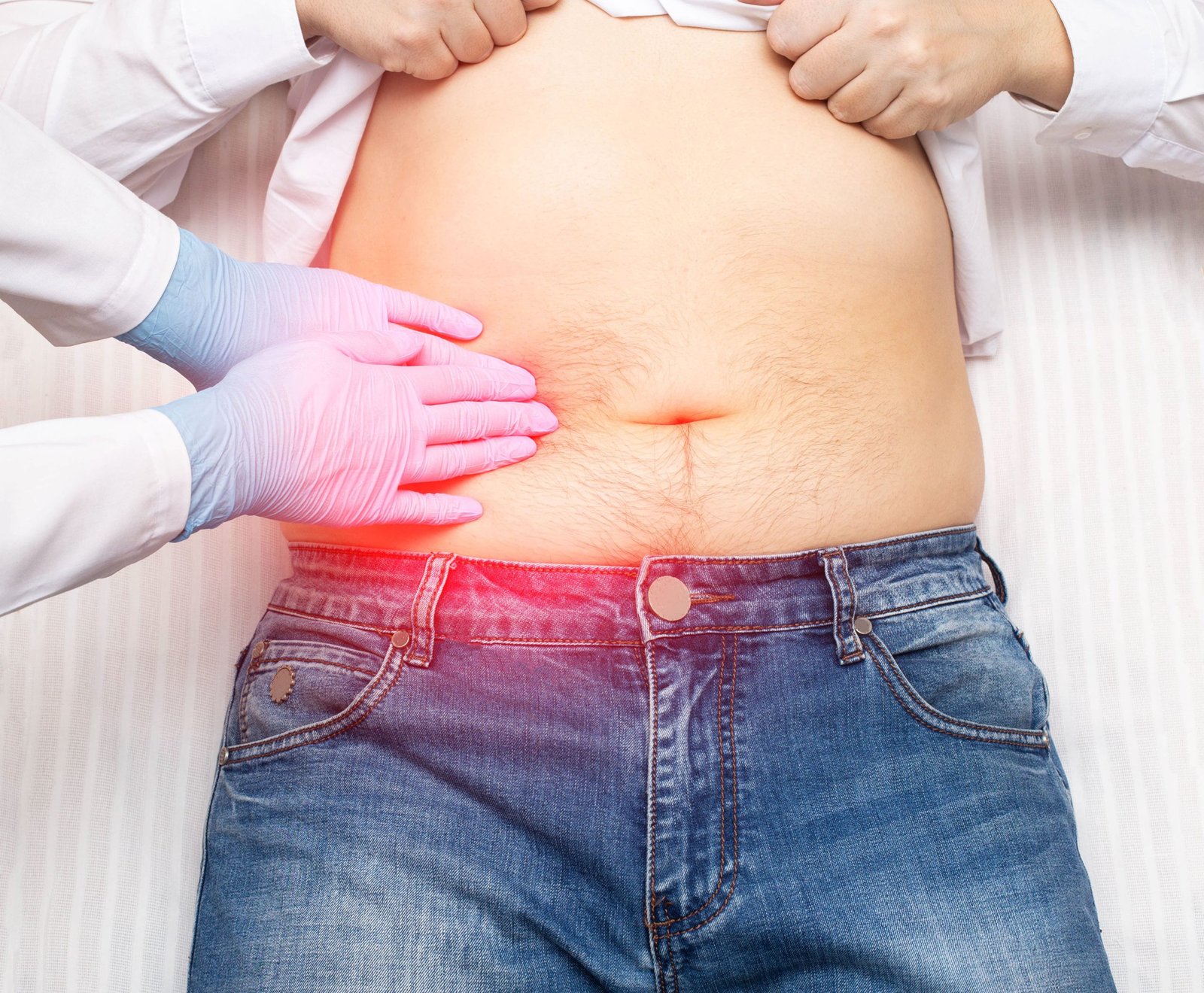The Gallbladder
Gallstones
What are gallstones?
Gallstones form in the gallbladder. They are deposits that have hardened from the digestive fluid produced by the small organ situated beneath the liver on the right of the abdomen.
Several gallstones can develop at the same time, while other people may only have one gallstone. Gallstones can vary in size from a tiny grain of sand to about the size of a golf ball.
In many cases, gallstones will cause no symptoms and won't require treatment. When people do have symptoms, they will usually need gallbladder removal surgery.

What causes gallstones?
While the cause of gallstones has not yet been determined, there is evidence to suggest they occur when; there is too much cholesterol in your bile; there is too much bilirubin in your bile, or your gallbladder is not emptying as it should.
There are also several risk factors associated with gallstones. You may have an increased risk of developing gallstones if you; are female, are over the age of 40, pregnant, are obese, spend a lot of time sitting down, have a family history of gallstones, have a low fibre diet, have a high cholesterol diet, have diabetes, or have liver disease.
Symptoms of gallstones
Many people may have gallstones but do not realise it, as sometimes they cause no symptoms and are harmless.
When a gallstone gets stuck in a duct, causing a blockage, it can produce symptoms such as an intense and sudden pain in the middle of the abdomen, below the breastbone; an intense and sudden pain in the upper right abdomen; nausea; and vomiting.
Gallstones symptoms can last for anything from a few minutes to a few hours at a time. If you are experiencing symptoms and signs that worry you, make a doctor's appointment. If you are suffering intense pain and cannot sit comfortably, have jaundice (yellowing of the skin and eye whites), or have a high fever, you should seek immediate medical help.
Infection associated with gall stones will cause pain and the affected person will feel unwell. They often lose their appetite, may have a temperature or other signs of infection. If the gall stone is in the bile duct, it can also cause jaundice with the infection.
Gall stones, particularly smaller stones, can leave the gall bladder and block the bile duct, often causing jaundice and pain. Stones can also block the very bottom of the bile duct where the pancreas joins the intestine, and this can give rise to pancreatitis which is often mild but can be life threatening.
Treatment options for gallstones
There are several assessments that are used in the diagnosis of gallstones and related complications. Abdominal ultrasound is used to check for signs of gallstones; endoscopic ultrasound is used to identify small gallstones that could be missed in the abdominal ultrasound; blood tests can reveal pancreatitis, infections, and other complications; and other imaging tests such as a CT scan, oral cholecystography, magnetic resonance cholangiopancreatography, and a hepatobiliary iminodiacetic acid scan, could also be performed.
Once problematic gallstones have been diagnosed, there are two main treatment options:
- Low fat diet - this will help the patient to lose weight and reduce cholesterol levels. Some people with gallstones also find that eating a diet lower in fat helps to reduce their symptoms of pain and nausea.
- Gallbladder removal surgery - also known as a cholecystectomy, this procedure is likely to be recommended for frequently occurring gallstones that are causing painful symptoms. After the gallbladder is removed, bile can flow directly from the liver into the small intestine.
